All that jazz: Cooper Hewitt’s love song to 1920s American design is bursting with nostalgia
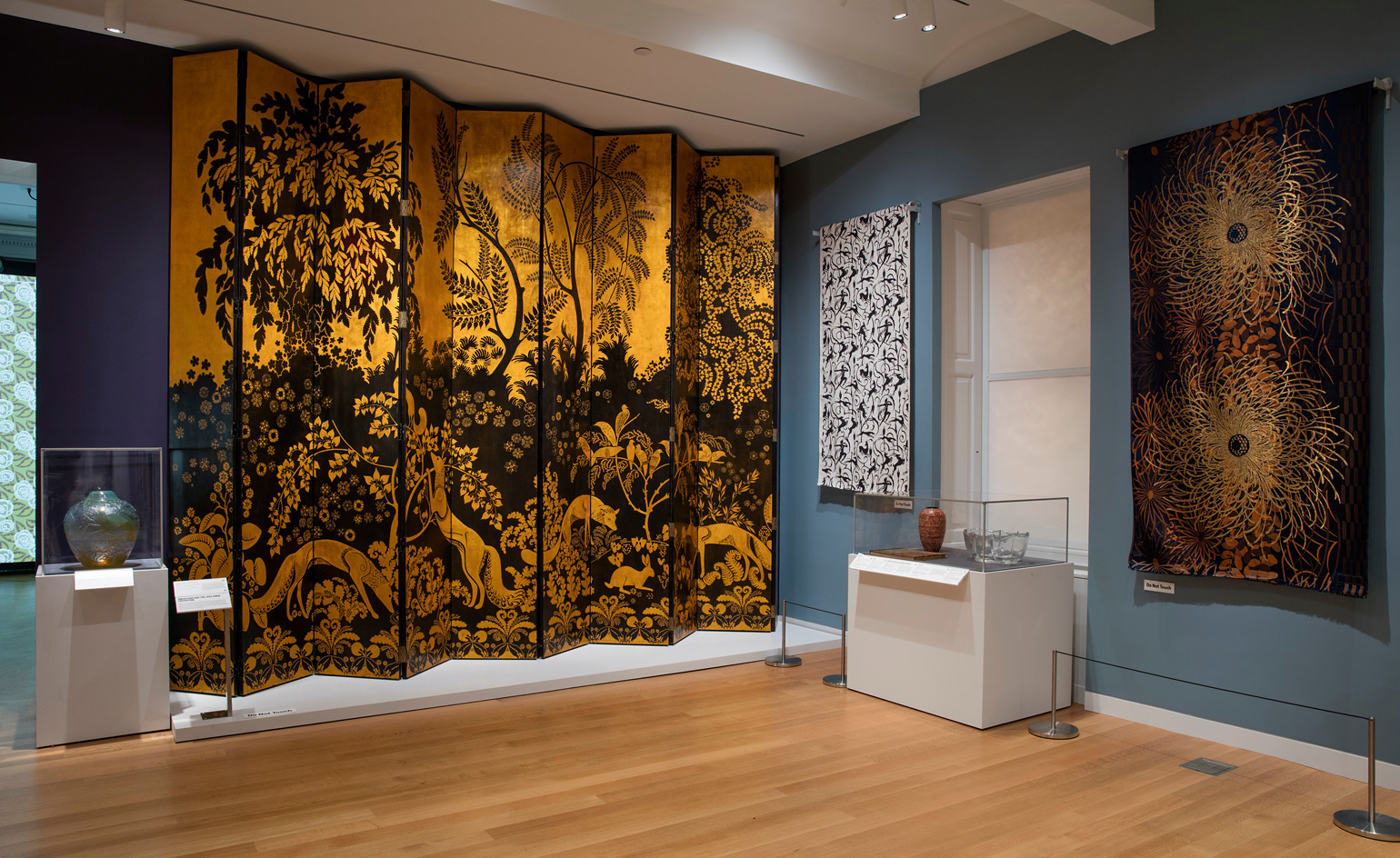
Change, whether it be political, economical, or social, is always in the air. But perhaps no era welcomed as much radical, yet creative, change as the 1920s.
‘It was an age of miracles,’ F Scott Fitzgerald once wrote of the Jazz Age. ‘It was an age of art, it was an age of excess, and it was an age of satire.’ Nearly a century later, Sarah Coffin, a curator at Cooper Hewitt, agrees with the late author. ‘Their lives were changing,’ she said. ‘People were expressing themselves differently after [the] post world war era and were lifting the gloom.’
Upon discovering many of the museum’s artefacts from the 1920s after its renovation in 2014, Coffin joined forces with the Cleveland Museum of Art to display ‘The Jazz Age: American Style in the 1920s’
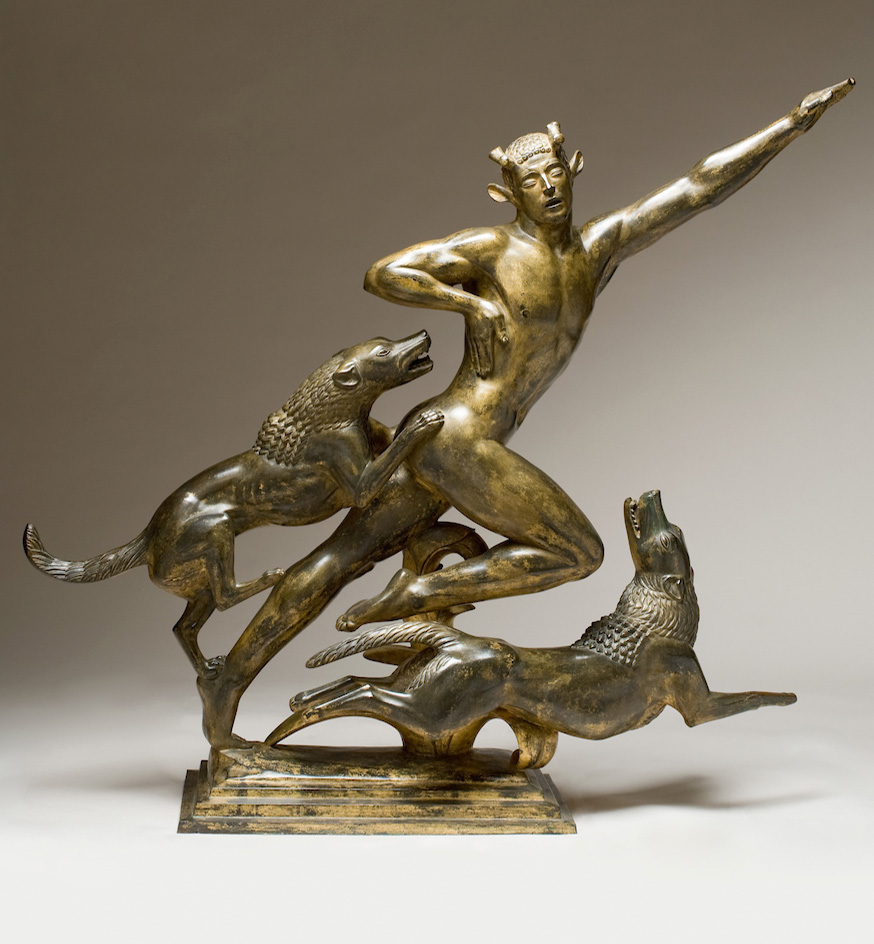
‘Actaeon’, by Paul Manship, 1925.
As a mélange of jazz from modern composers like Wynton Marsalis and Carlos Henriquez simmers in the background, ‘The Jazz Age’ looks at the era’s achievements in fashion, décor, architecture, and more through an American lens — a rarity when discussing the period. ‘Nobody has taken a look at what the Americans were doing in the 1920s and it turned to be a huge topic and influenced the nature of design in the 1930s,’ Coffin explained.
With over 400 works spread across two floors of the New York museum, highlights range from Lobmeyr glassware that was originally displayed at the 1925 Exposition des Arts Décoratifs et Industriels Modernes (the historic Paris design fair attended by many Americans) which later traveled to eight American museums; to a Cartier strap bracelet adorned with timely tutti frutti gems, to Paul T Frankl’s geometric bookcase that mirrored America’s enviable skyscrapers.
Bursting with nostalgia, ‘The Jazz Age’ revives the roaring twenties and proves once again that change can be a good thing.
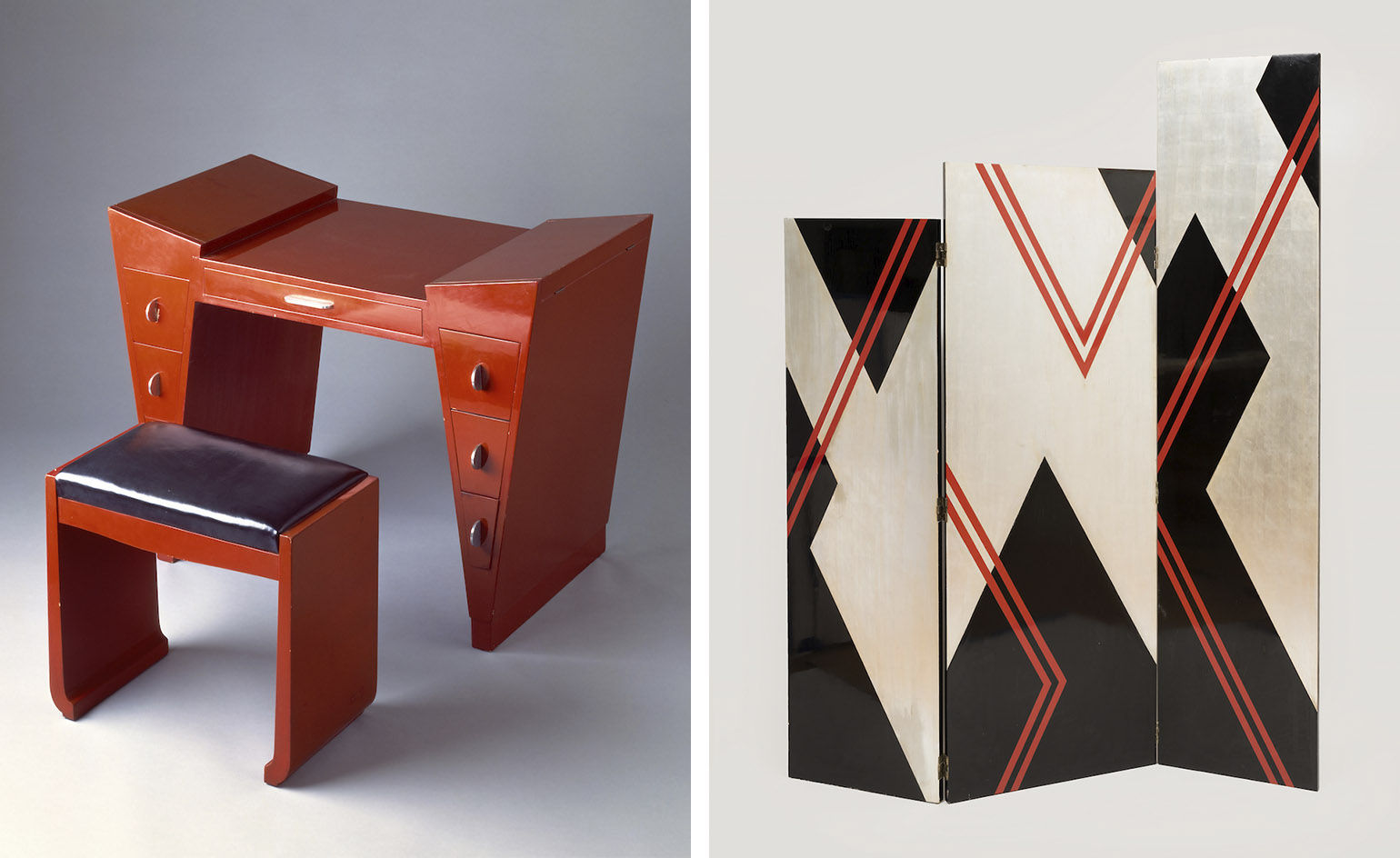
Left, ’Dressing Table and Bench’, by Léon Jallot, 1929. Right, ’Screen’, by Donald Desky, 1928
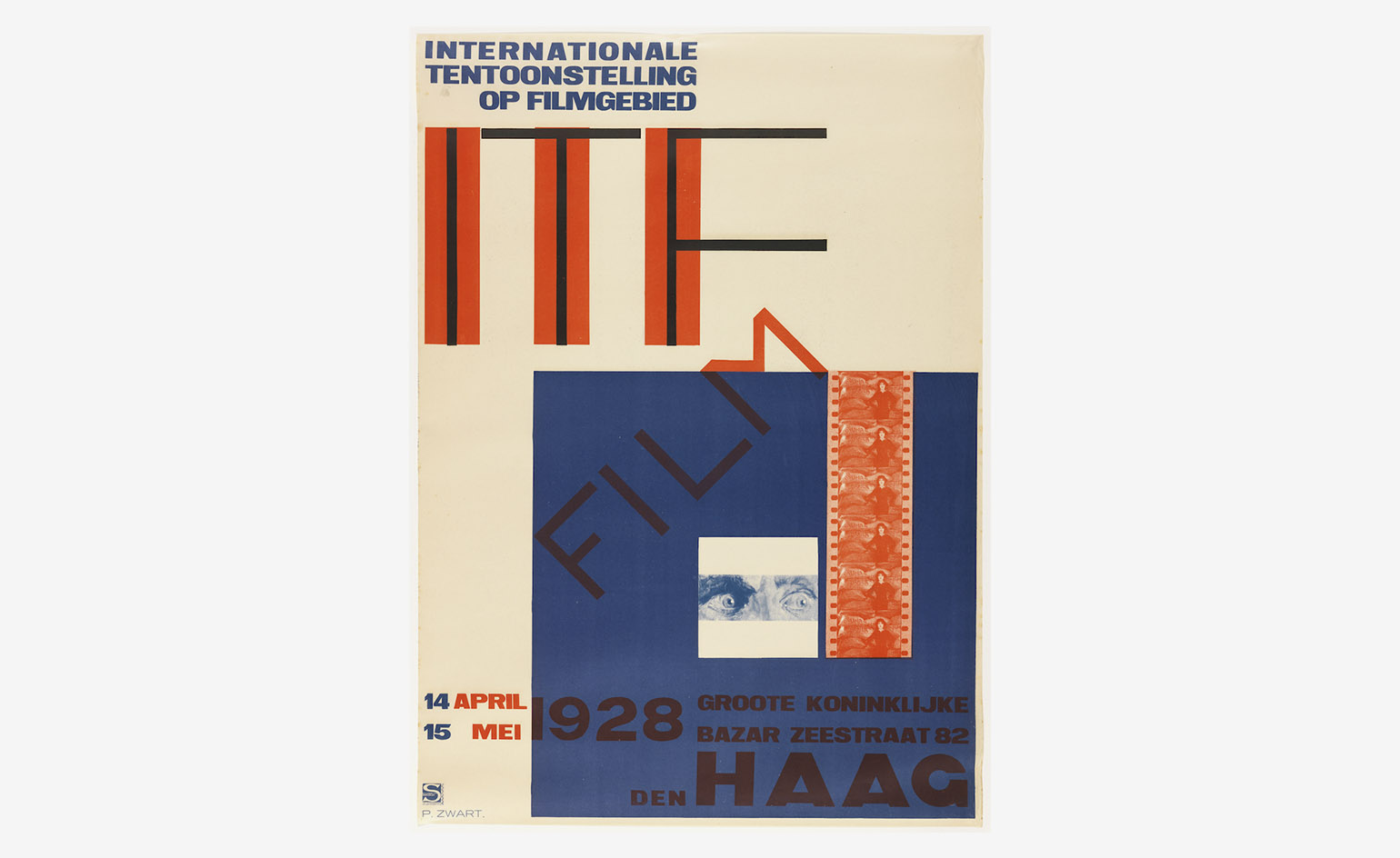
Poster, ITF (International Film Exhibition), by Piet Zwart, 1928
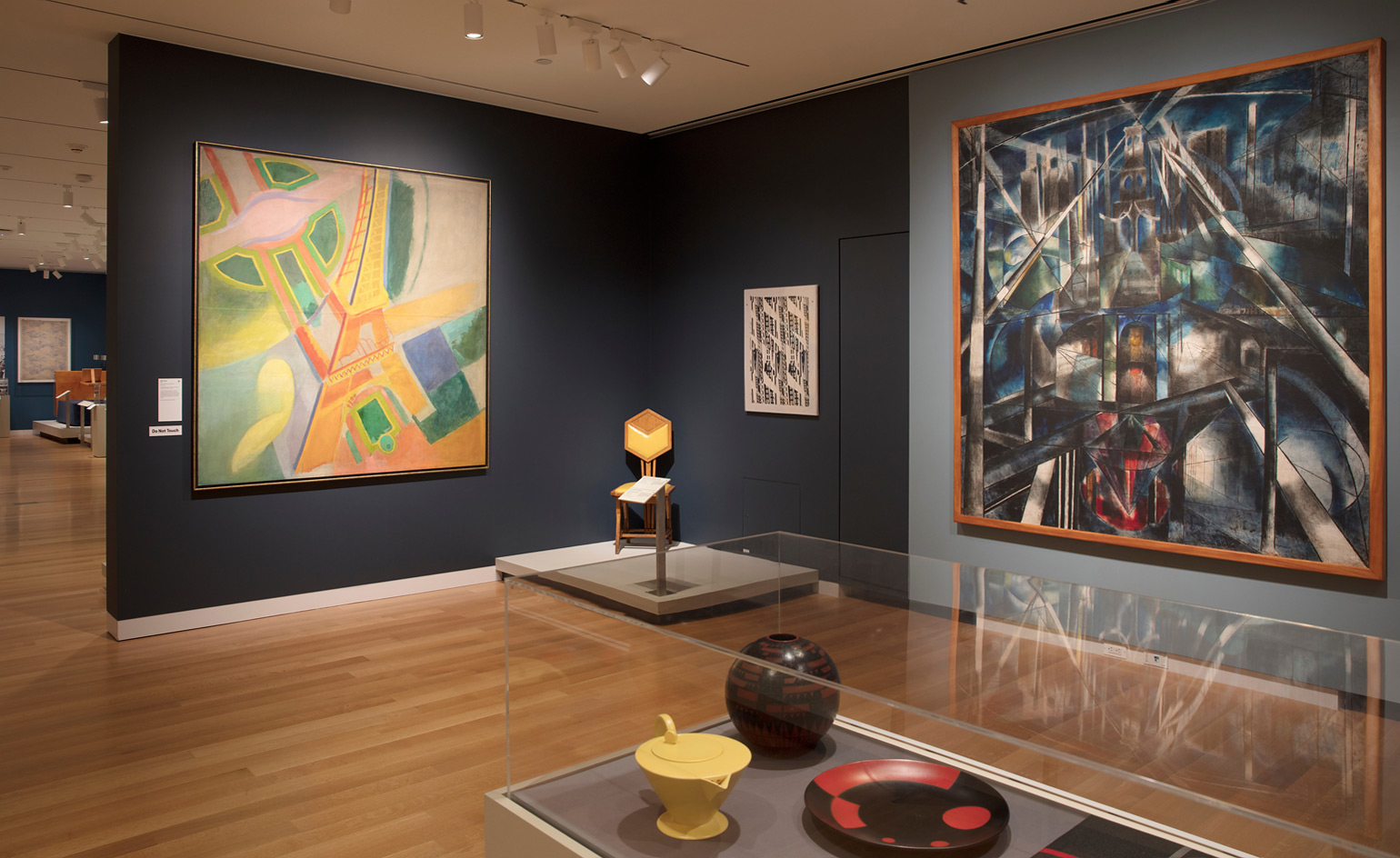
The exhibition includes over 400 works, giving a full expression to the decade’s diversity and dynamism
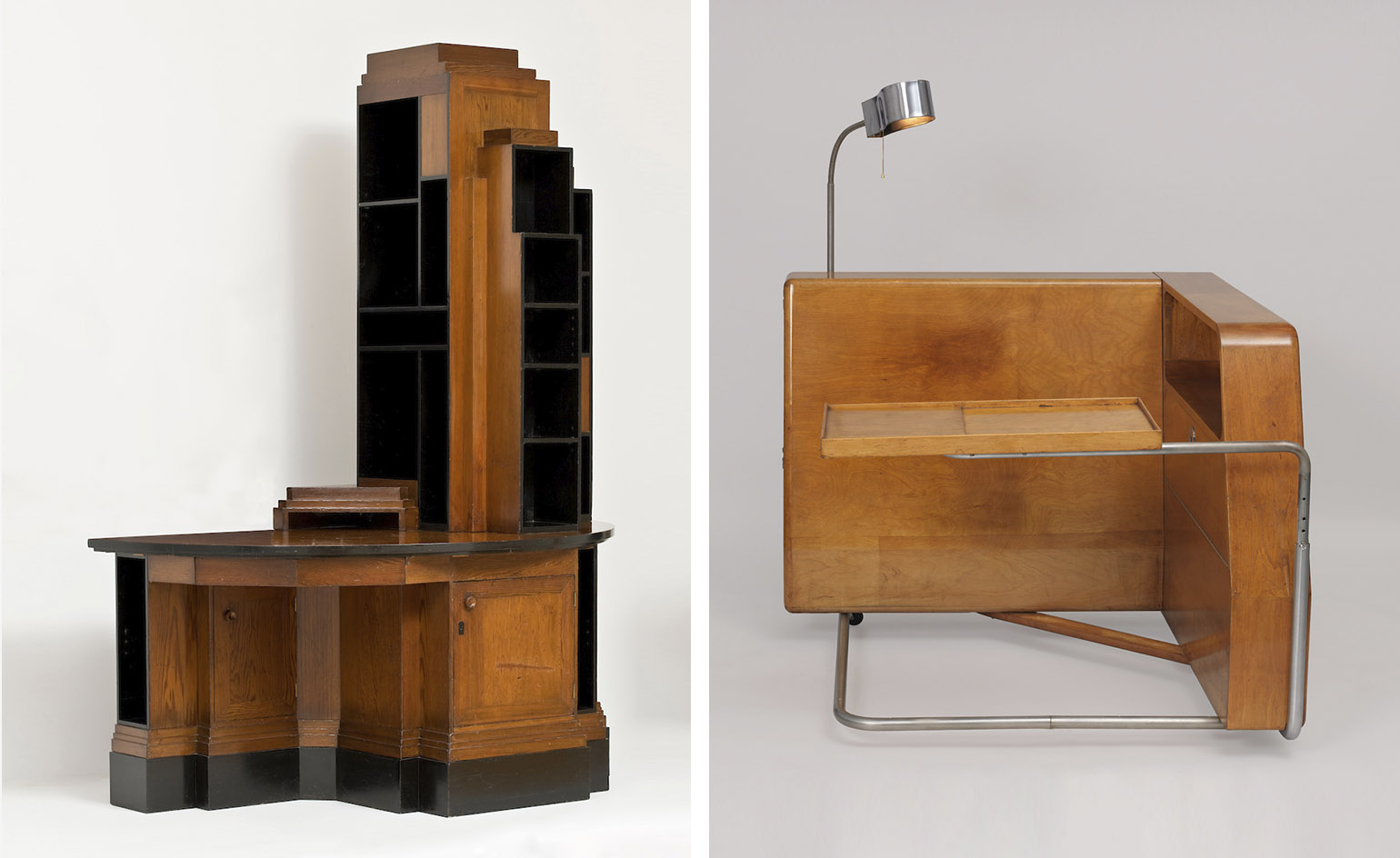
Left, ’Skyscraper’ bookcase/desk, by Paul T Frankl, 1928. Right, daybed, by Frederick Keisler, 1933-35
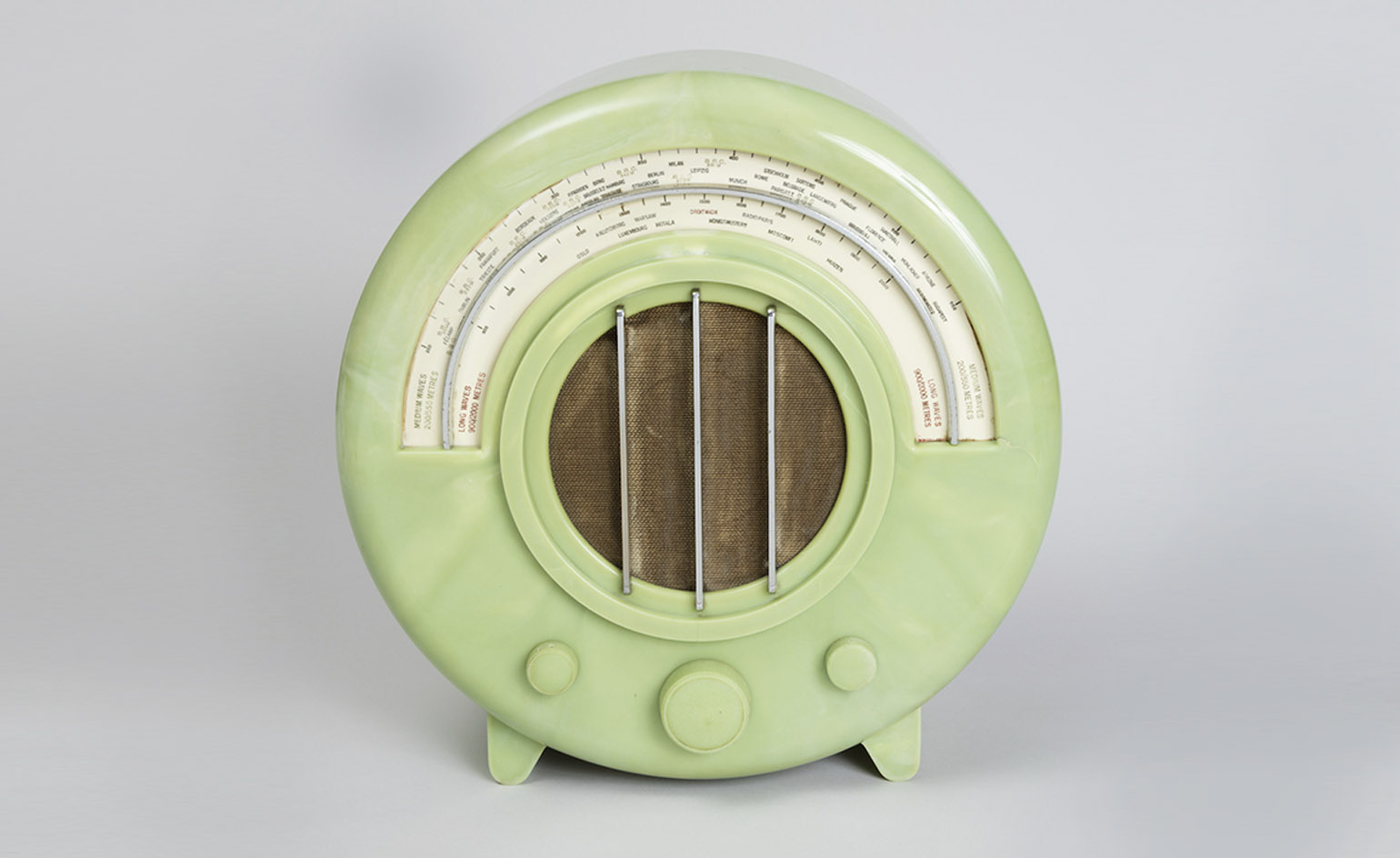
’AD-65’ radio, by Wells Wintermute Coates, 1932

This is the first major museum exhibition to focus on American taste during the creative explosion of the 1920s
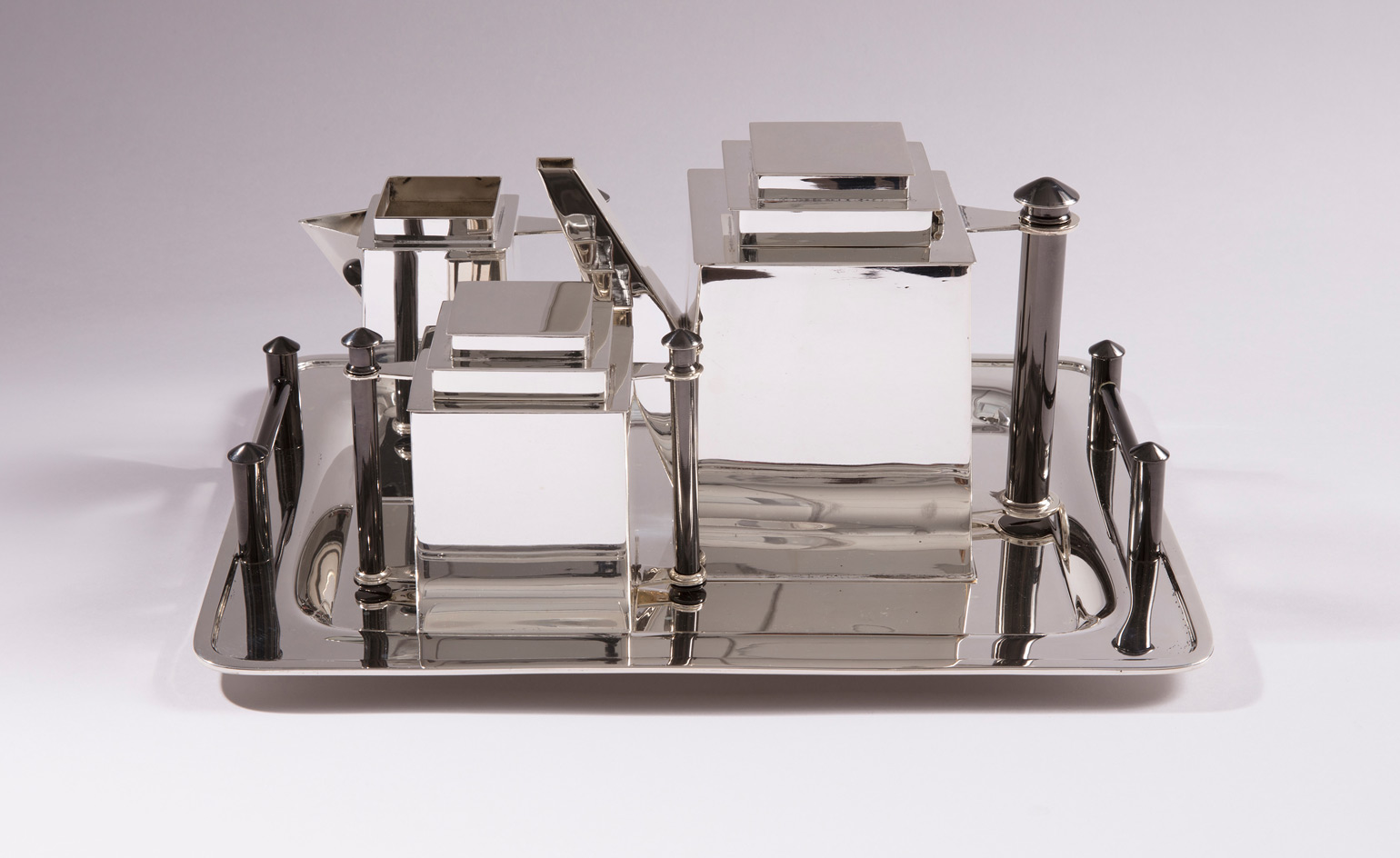
’Skyscraper’ tea service, by Louis W Rice, 1928. © Smithsonian Institution; Cooper Hewitt, Smithsonian Design Museum and Cooper Hewitt Press Images

’Tissu Simultané no.46’, by Sonia Delaunay, 1924. ©Smithsonian Institution; Smithsonian Design Museum and Cooper Hewitt Press Images

Left, necklace, by Van Cleef and Arpels, 1929. Right, bracelet, by Boucheron, 1925. © Cooper Hewitt Press Images
INFORMATION
‘The Jazz Age: American Style in the 1920s’ is on view until 20 August, and then at Cleveland Museum of Art from 30 September – 14 January 2018. For more information, visit the Cooper Hewitt website
ADDRESS
Cooper Hewitt, Smithsonian Design Museum
2 East 91st Street
New York, NY 10128
Receive our daily digest of inspiration, escapism and design stories from around the world direct to your inbox.
-
 Remembering Valentino Garavani, master of Italian glamour (1932-2026)
Remembering Valentino Garavani, master of Italian glamour (1932-2026)‘The Last Emperor’ of fashion has passed away aged 93, it has been announced by his eponymous foundation today (19 January 2026). He will be remembered for his expressive vision of Roman glamour and cinematic muses
-
 The design reissues we loved from Paris Design Week
The design reissues we loved from Paris Design WeekWe bring you the best contemporary interpretations of historic design, fresh from Paris Design Week 2026
-
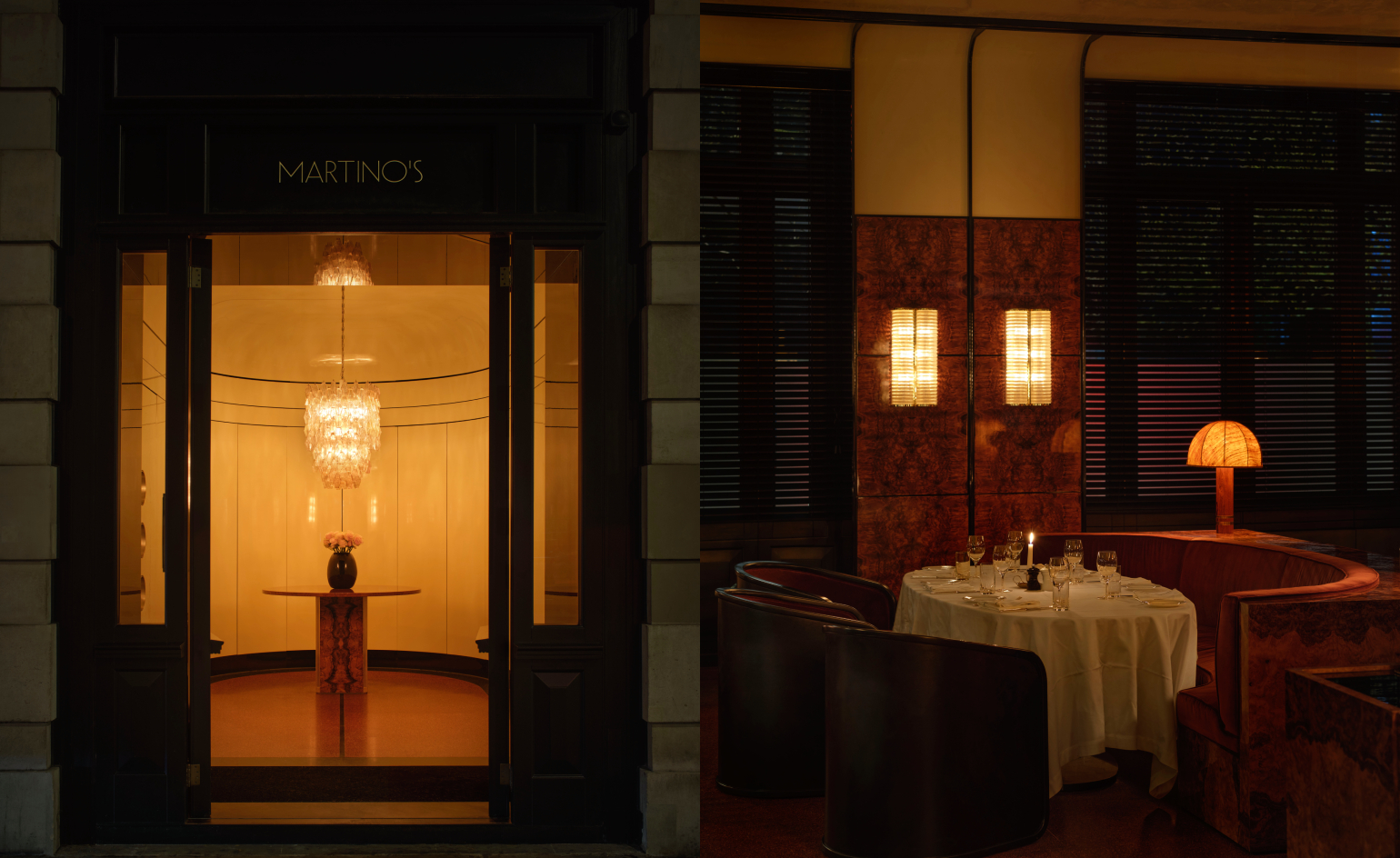 Martin Kuczmarski’s new London restaurant is made for long lunches and late nights
Martin Kuczmarski’s new London restaurant is made for long lunches and late nightsFrom the founder of The Dover comes Martino’s: a softly lit Italian trattoria in Sloane Square, where appetite, atmosphere and romance are inseparable
-
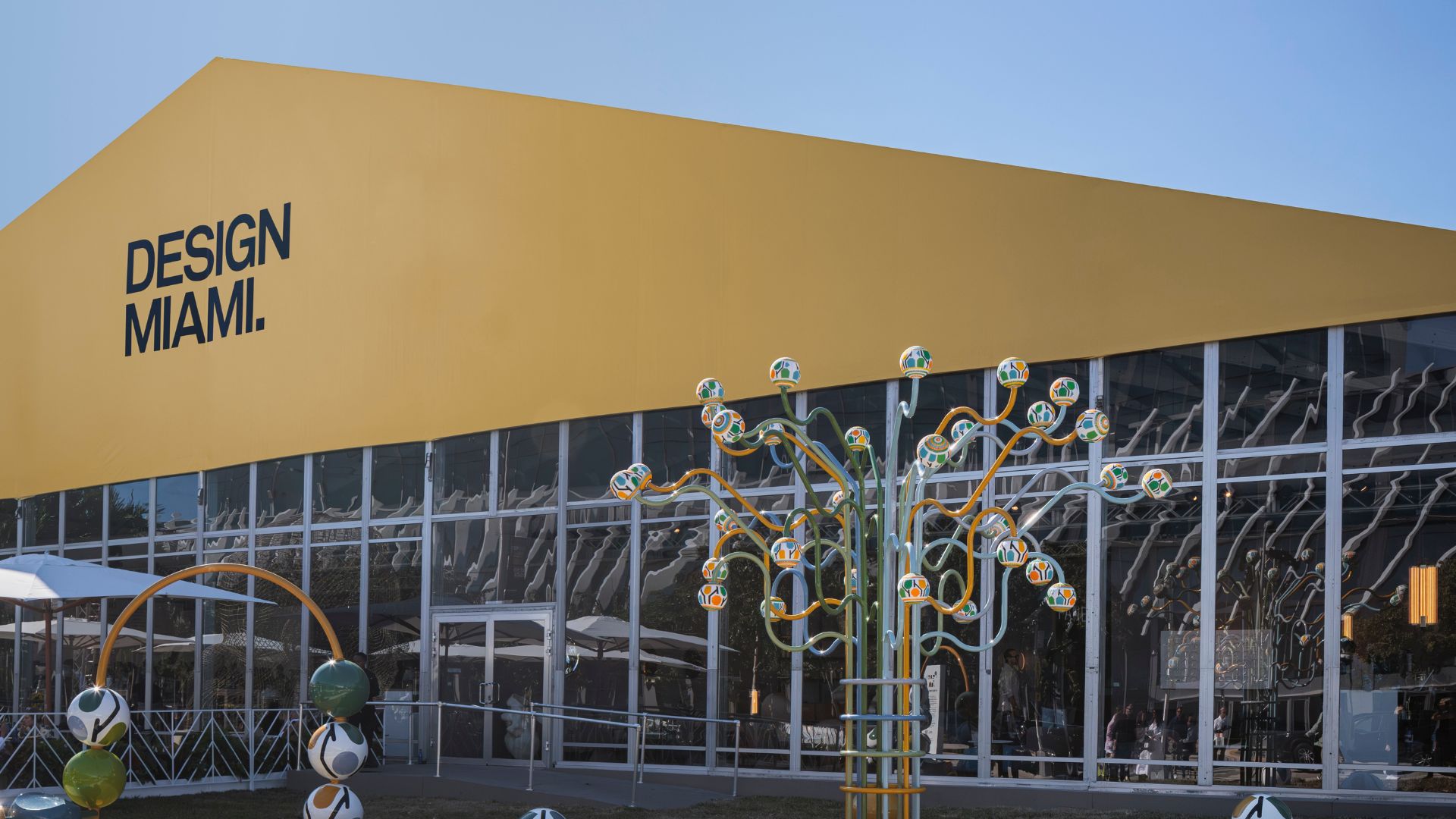 Everything you need to know about Design Miami 2025
Everything you need to know about Design Miami 2025The collectible design fair returns to Miami Beach in December for its 21st edition, alongside a vast array of art and cultural events across the city
-
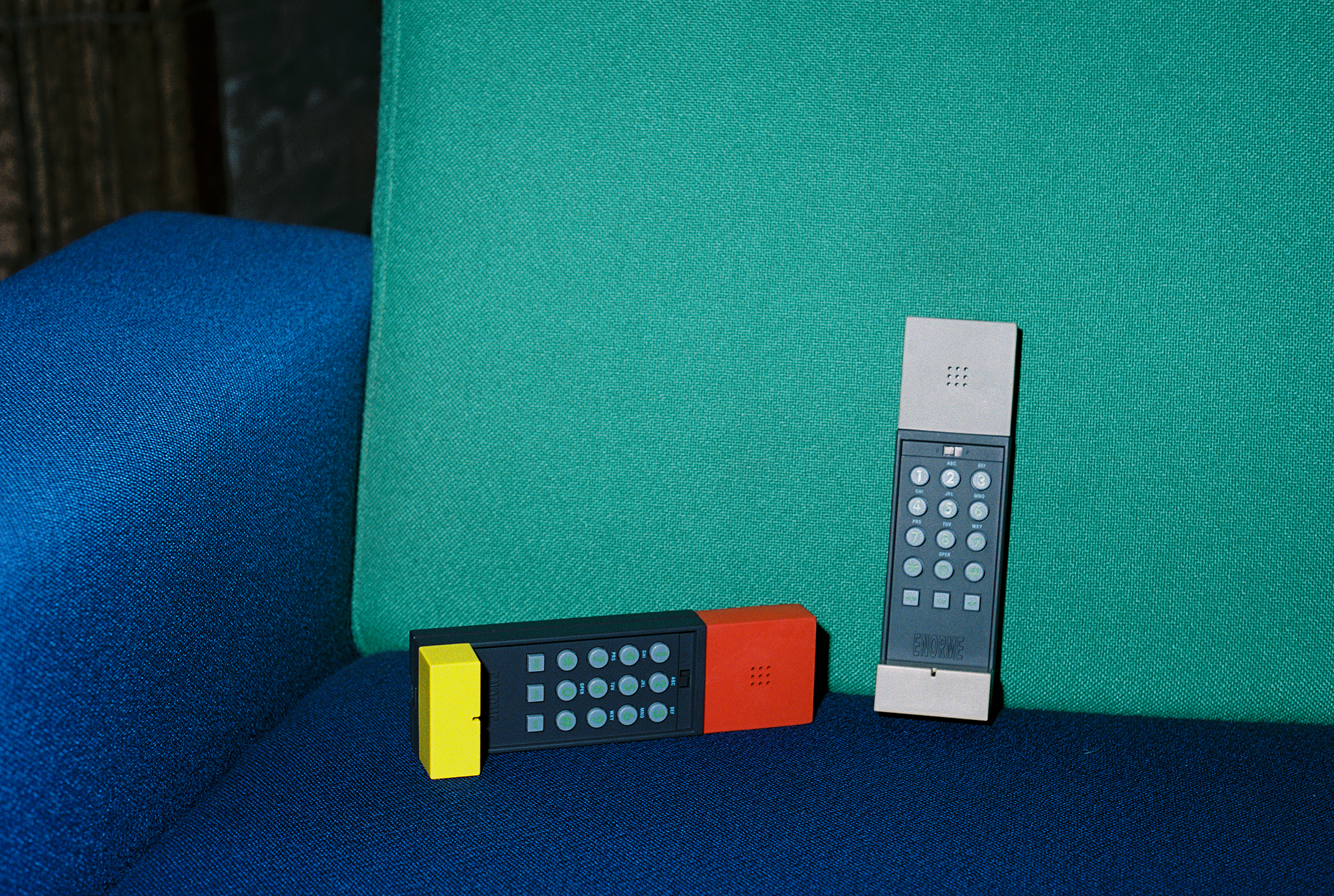 Basic.Space launches its first IRL shopping event – in an empty West Hollywood mall
Basic.Space launches its first IRL shopping event – in an empty West Hollywood mallWith the launch of its first in-person event in LA this weekend, the e-commerce platform is looking to bring collectible design to a whole new audience
-
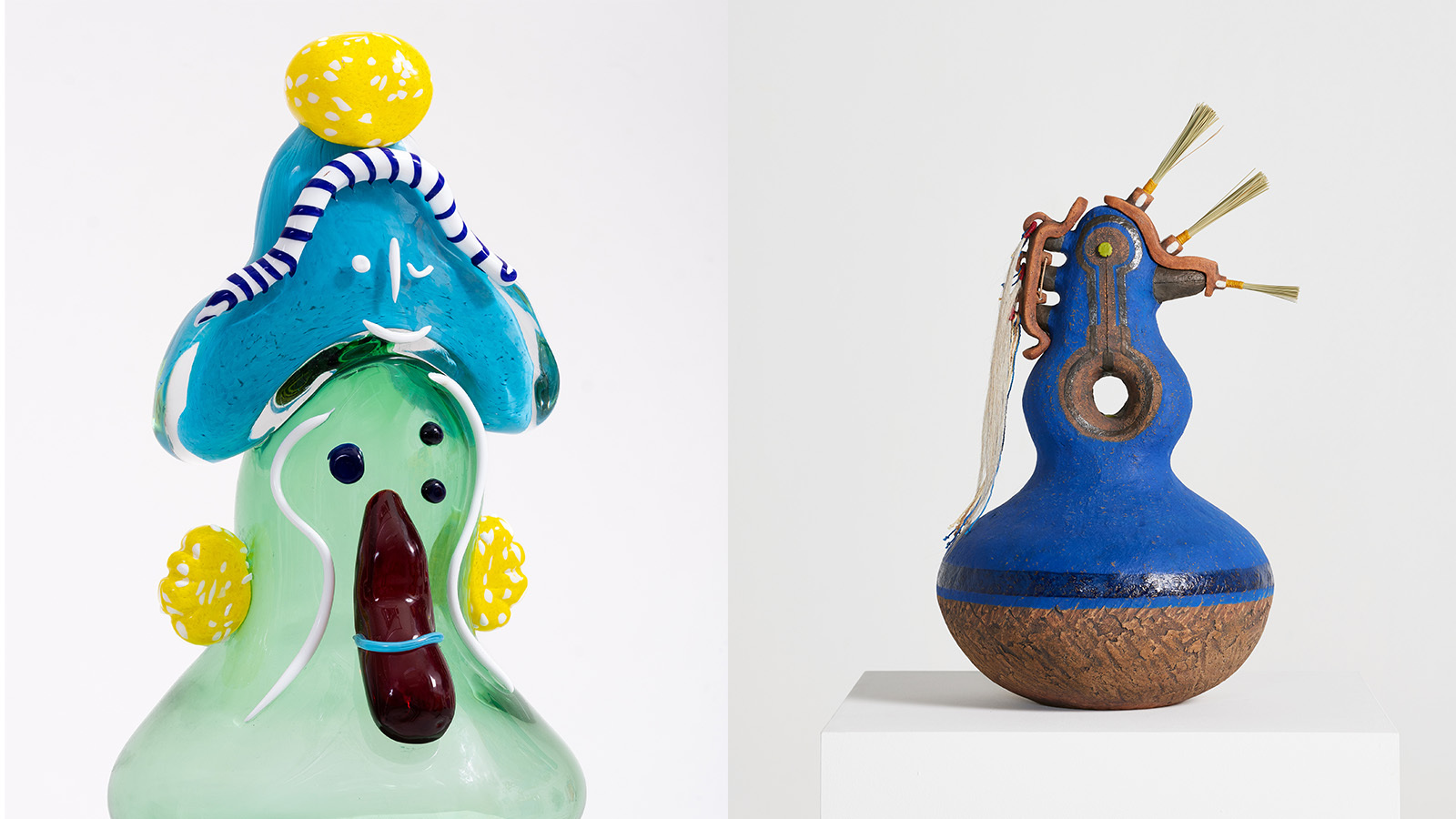 Design Miami 2024 is alive with possibility: here are 14 things to see
Design Miami 2024 is alive with possibility: here are 14 things to seeDesign Miami 2024 opens 4-8 December – let Wallpaper* guide you to the highlights, from dazzling installations to plump sofas and anthropomorphic sculptures
-
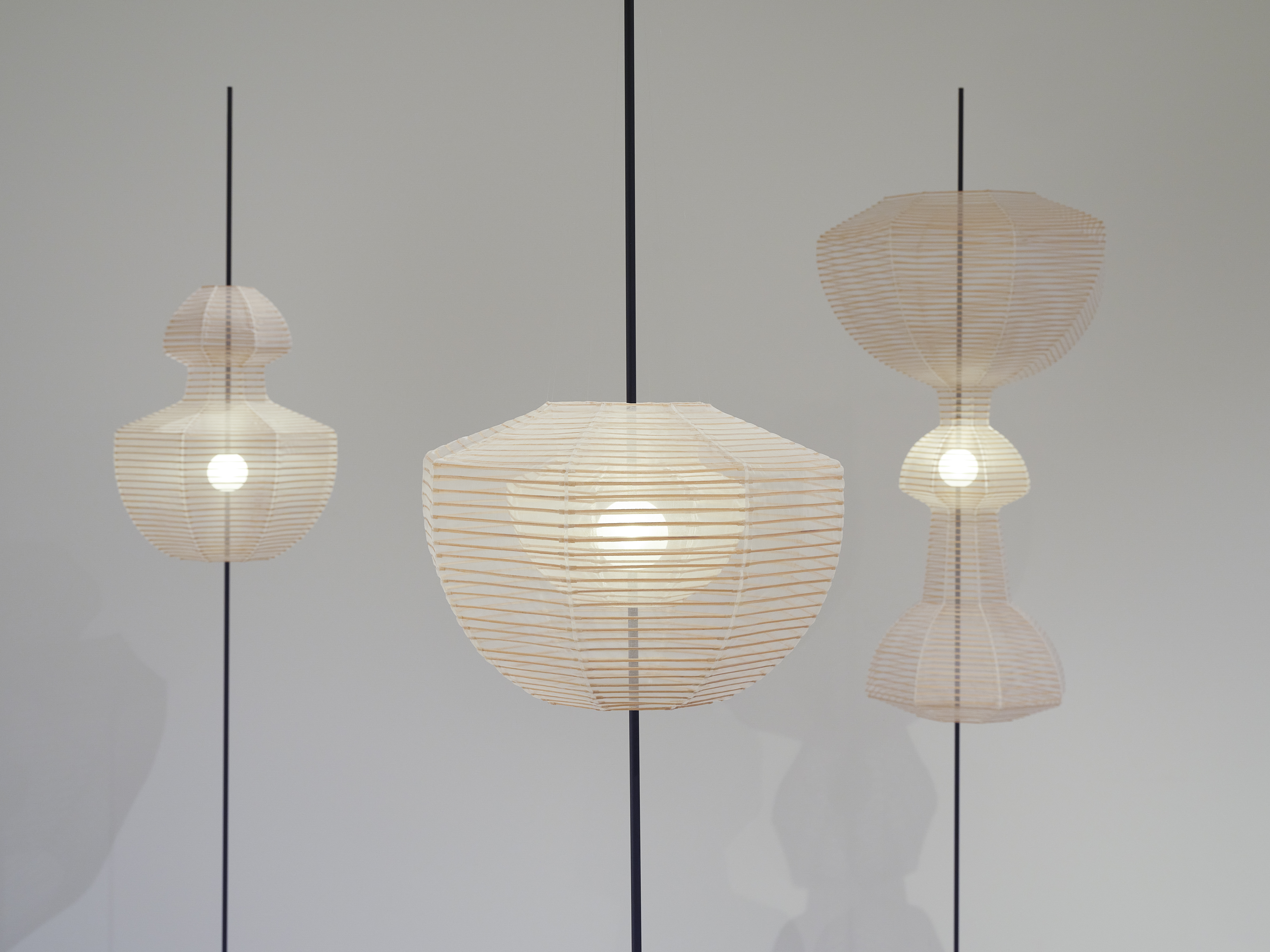 Nendo’s collaborations with Kyoto artisans go on view in New York
Nendo’s collaborations with Kyoto artisans go on view in New York‘Nendo sees Kyoto’ is on view at Friedman Benda (until 15 October 2022), showcasing the design studio's collaboration with six artisans specialised in ancient Japanese crafts
-
 Italian craftsmanship comes to Los Angeles in this eclectic Venice Canals apartment
Italian craftsmanship comes to Los Angeles in this eclectic Venice Canals apartmentBoffi Los Angeles celebrates a juxtaposition of texture throughout a waterside bolthole
-
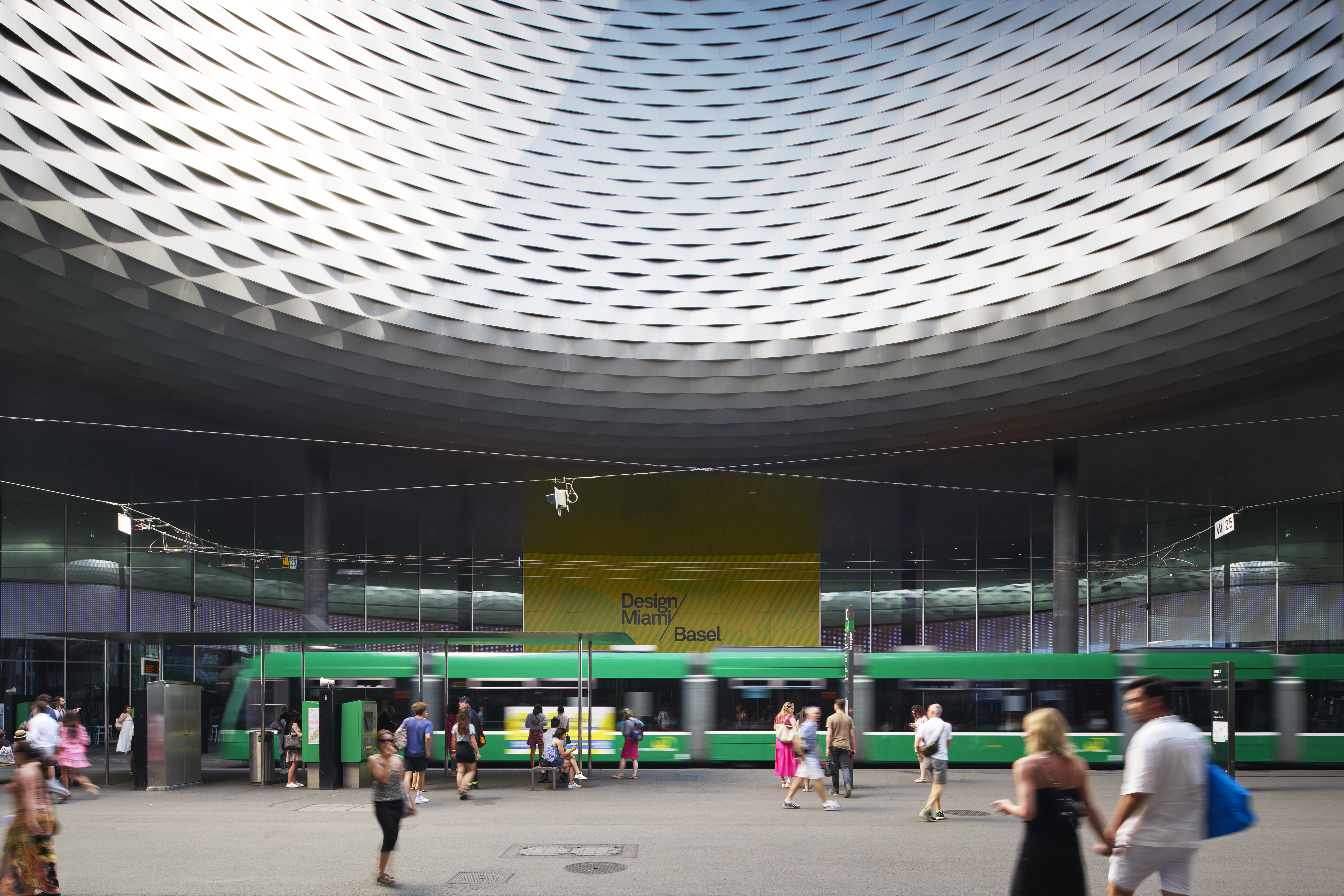 Design Miami/Basel 2022 explores the Golden Age
Design Miami/Basel 2022 explores the Golden AgeDesign Miami/Basel 2022, led by curatorial director Maria Cristina Didero, offers a positive spin after the unprecedented times of the pandemic, and looks at the history and spirit of design
-
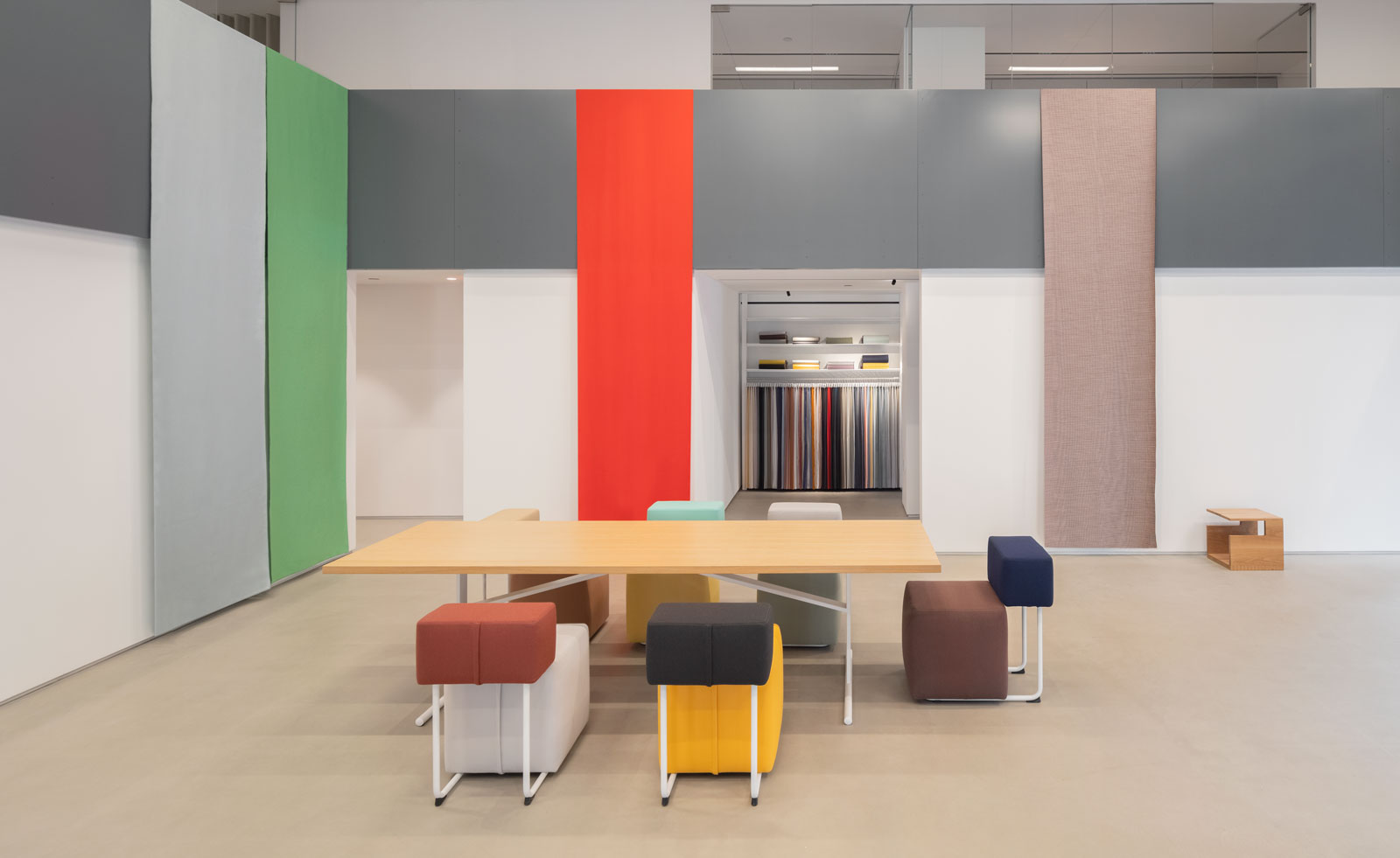 Kvadrat’s flagship New York showrooms encompass colourful design codes
Kvadrat’s flagship New York showrooms encompass colourful design codesIndustrial designer Jonathan Olivares and architect Vincent Van Duysen have worked with Danish textile brand Kvadrat on the vast new space, also featuring furniture by Moroso
-
 What to see at New York Design Week 2022
What to see at New York Design Week 2022Discover Wallpaper’s highlights from New York Design Week 2022 (10 – 20 May 2022): the fairs, exhibitions and design openings to discover